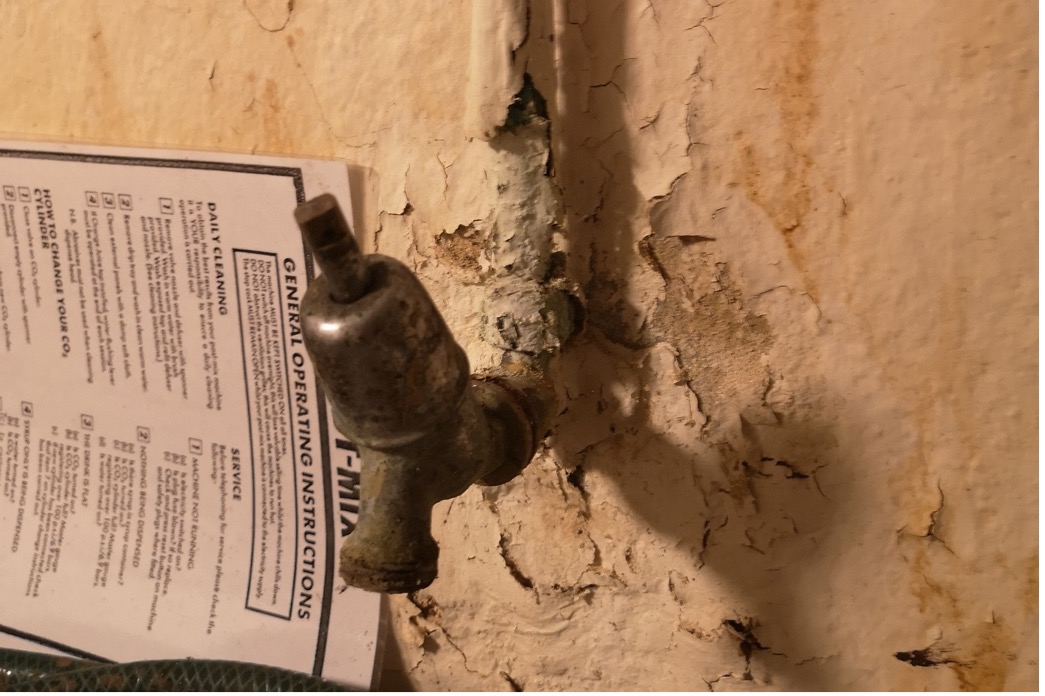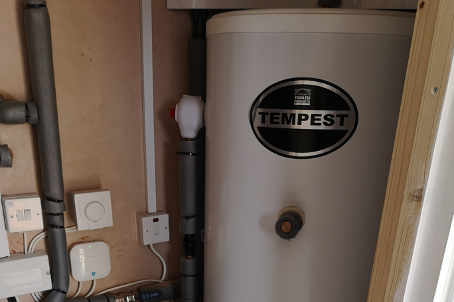We were recently asked to complete a Legionella Risk Assessment in a Church on the outskirts of Birmingham. The Church required a legionella risk assessment, as under the Health & Safety at Work Act 1974, all premises owe a duty of care to the people using their buildings – one of the risks they must consider is legionella – and they are required to conduct a legionella risk assessment to assess the risks of legionella growth and exposure. This must be carried out by a competent person with experience in legionella risk assessments and so the Church asked us to carry the survey out on their behalf. All of our legionella risk assessors are City & Guilds qualified and have 10-15 years of experience working as legionella risk assessors.
The legionella risk assessment inspected 2 combination boilers and all hot and cold outlets – all of which were found to be low risk in terms of legionella growth and exposure – providing they remained regularly used, temperatures of the hot system were 50oC or above thoughout the system, temperatures of the cold system were below 20oC throughout the system and outlets were kept free from scale and other contaminants. However, 7 outlets were found tucked away in the basement which had not been in use since before the pandemic. These outlets formed part of the same hot and cold system in daily use in the main church and, for over 3 years the pipework feeding the outlets (and the outlets themselves) have been allowed to stagnate – stagnant water is a key condition to encourage legionella growth. When not in use, these outlets should have been flushed for a duration of 2 minutes each week, to prevent this stagnation – during changes in water pressure, water can back flow from the stagnant conditions into the well-used system and also if legionella were to colonise the little-used pipework it could eventually colonise the rest of the systems. Furthermore, if a building user were to open the little used taps, they are likely to inhale droplets containing high levels of bacteria – and a high risk of some of those bacteria being legionella. Legionnaires’ disease is contracted when vulnerable users inhale water spores containing the legionella bacteria. Site were advised to carry out a mains injection chlorination of the water system, due to the length of time these outlets had been out of use. It is likely that the internal surfaces of the pipework would be so affected by scale, algae, sediment and biofilm that it would not be able to be removed by flushing alone. The Church arranged for a BS8558 chlorination to be conducted immediately.
The report that followed offered a comprehensive framework for the Church to adopt, including an ongoing regime of legionella monitoring – e.g. temperature monitoring, weekly flushing of little used outlets, and a list of short-term remedial actions to reduce the risk of legionella further. It also provided advice on how the Church should record their regime and how to construct their management structure.
It should be noted that the vast majority of the Church’s members are considered to be ‘high risk’ in terms of contracting Legionnaires’ disease – if they are over 45, if they are smokers or if they have weakened immune systems caused by known or unknown health conditions, then they are considered ‘high risk’.




